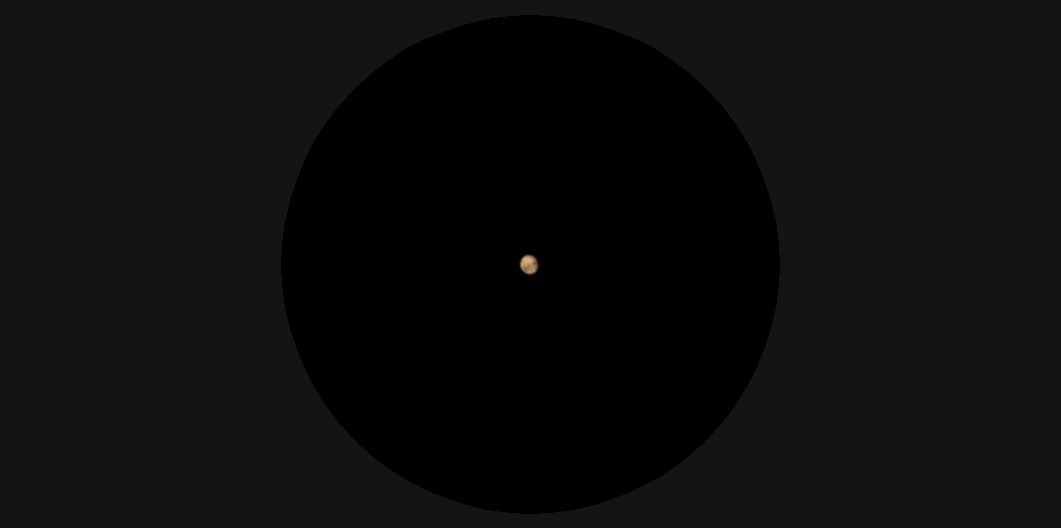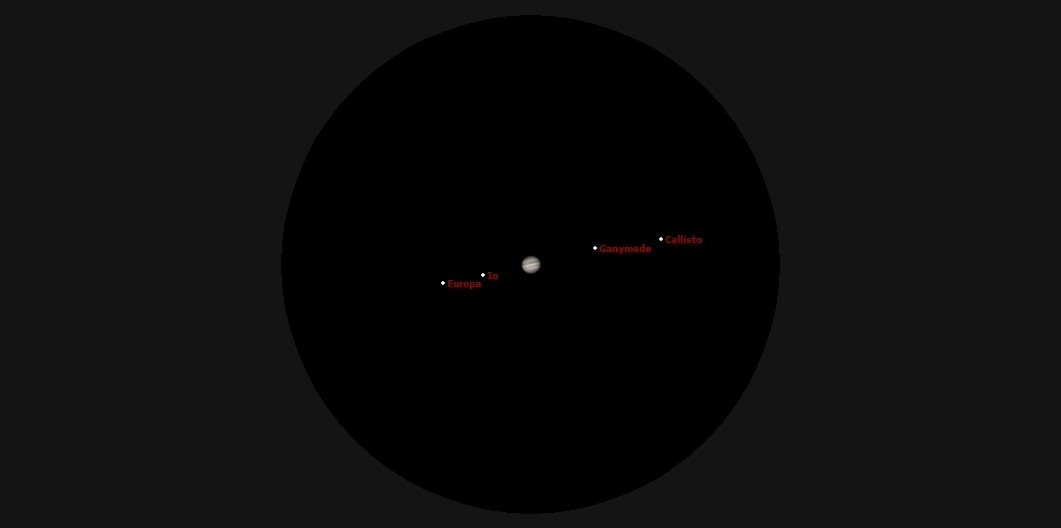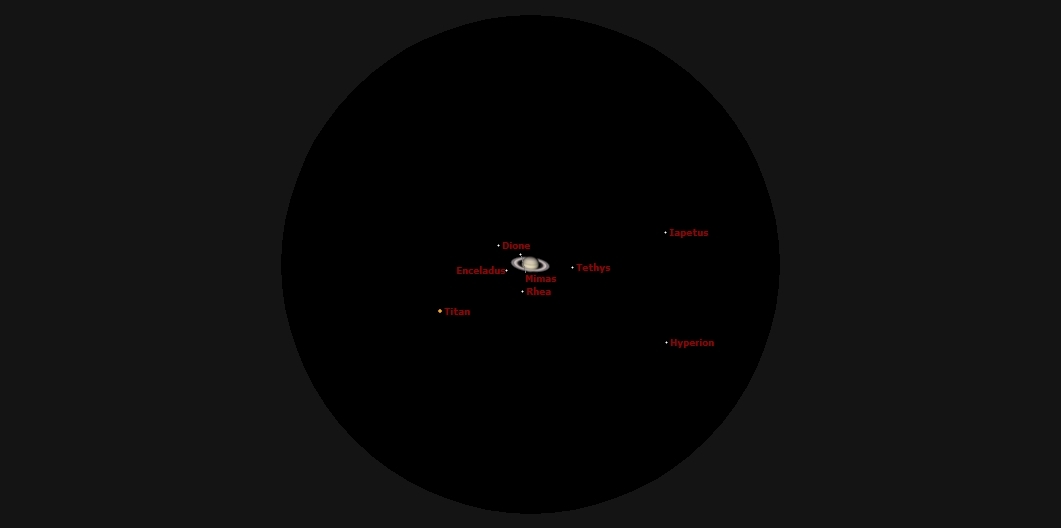-
Posts
53,760 -
Joined
-
Last visited
-
Days Won
455
Content Type
Profiles
Forums
Gallery
Events
Blogs
Posts posted by John
-
-
6 minutes ago, jacobingonzo said:
Don't understand the lack of love for a cheshire- Doesn't need collimated, Spot on during daylight and at night shine a small torch in the indent and your scope is collimated as quick as you like
J
+1 for that

-
22 minutes ago, vlaiv said:
It would be a good comparo though - scope like that and 4" F/10 mass produced Chinese glass stopped down to something like 66mm F/15.
I have a F/11.1 90mm chinese achromat (Synta ?) that I can easily stop down to 60mm / F16.6. That would be interesting to compare with the Japan made 1960's 60mm F/13.3. The latter is circle T so Towa I think ?
A project for the Winter

-
 1
1
-
-
12 minutes ago, vlaiv said:
I think it certainly would. There are few other benefits as well - those wide field Erfles are going to be razor sharp to the edge

Downside is that 130mm F/9.2 still can't be mounted on that tall and slim EQ mount - to give you impression of that slow but razor sharp achromat from 60's, and of course resolution will suffer.
Good points of course !.
Fortunately I have an F/13.3 60mm achromat from the 60's so I don't need to stop anything down.
Just need to get it on a steady mount and equip it with a 1.25 inch diagonal.
Reading threads like this provides an incentive to do that

-
 1
1
-
-
7 minutes ago, vlaiv said:
Well you can - but it will still cost as much as it does and it will still have the same color correction

Not that I'm going to do it but I'm curious, would a 50mm F/24 triplet not show even less CA than a 130mm F/9.2 ?
-
Canada has a thriving pre-owned astro equipment market as we do here in the UK:
As has been said $200 will buy a somewhat nicer used scope than it will a new one. Also, stocks of new scopes are very low practially everywhere this year due to the pandemic.
-
I could stop down my 130mm triplet refractor to 50mm and have an F/24 triplet apo. The 130mm is already classed as a super apochromat so I guess it would be a 50mm super, duper, apochromat

Bit of a bulky 2 inch refractor though ......

-
 1
1
-
-
I bought a Hotech a few years back and that was out of alignment as well so even the better ones can have this issue occasionally

Having been through a number of the better ones (a Baader that I had was also not collimated accurately and was a so and so to sort because it's not a symmetrical shape) I bought a low cost collimator and collimated it as accurately as I could using a 10 metre distant target.
99% of the time I use a simple cheshire with my 12 inch dobsonian but when I do use the laser it is with a barlow using the method mentioned here:
http://www.smartavtweaks.com/RVBL.html
My laser collimator is the same as the one used in the above link.
Otherwise I use my laser collimator for checking the alignment of refractor focusers and not a lot else.
-
I find the moon OK with my 12 inch scope but I do tend to observe at high magnifications which dim the surface and make it quite comfortable to observe.
With my smaller aperture scopes, at the sort of magnifications that I like to use to tease out the finer lunar details (250x plus), I sometimes find the surface a little dimmer than I would like.
-
31 minutes ago, MrFreeze said:
The yoga stuff is why I got it! With mars in the position it is, I have to do a meridian flip after about 9:30pm as the RA motor catches on the saddle of my maksutov, and I end up hanging upside down trying to look through the finder. Been after a cheap one for a while, and got this from LanWan Optical Instruments - came with a free blue (82A) filter as well. It's gone up a bit now the sale is over, but still a pretty good price £23.58 https://www.aliexpress.com/item/4000578781663.html
Yes, absolutely correct John.
David
Do they do a RACI one at that price as well ?
-
2 hours ago, MrFreeze said:
More bits from the AliExpress sale. A right angle finder and a small dew heater - my Hyperflex zoom keeps dewing up lately on the few clear nights we get. The finder is optically very good, but the mount is hopeless - there isn't enough adjustment on the alignment screws to line it up, without it all going floppy. Thankfully I've been through this before with a replacement finder for the Celestron Travelscope - the castings for the mount need a small amount shaving off the underside at the front. I think it's the same casting again, with the same problem. So it's out with the coarse [removed word] file again!
David
I think with that finder design the image is the right way up but left and right are still reversed.
Same view as a refractor / mak-cass / SCT when using a mirror diagonal.
-
12 hours ago, markse68 said:
Maybe that was the main reason for the design change John? The 32mm BC plossl has a threaded field stop so you can shift it to your desire but it’s quite loose and rattles- could do with some threadlock.
Mark
With short focal length plossls and orthos I've often seen the field stop incorporated into the lens retaining ring. I guess having these small field stops as a separate screw in element would be a more complex way to make the eyepiece.
-
I'm at around 100m here. We have been in quite thick cloud / fog for the whole weekend. Down in the nearby valleys, when out walking, we have had a grey ceiling of cloud but decent visibility.
-
You are not observing through a window are you ?
(just though I'd ask !)
-
Still got the fog here

-
2 hours ago, Nik271 said:
I'm planning to take my 20x80 bins with a tripod to a field nearby, don't fancy carting the mount+scope unless the forecast is 100% solid for clear sky.
That might be the sort of plan that I follow. Much easier to get my 11x70's to a good vantage point and they should show the two planets plus the Jovian moons quite well.
-
The planets should look something like the images below (excluding the name labels !) through the scopes being discussed here at around 200x magnification. Small but sharply defined disks. The detail visible on the planetary disks / rings will vary depending on the seeing conditions. Experienced observers spending time at the eyepiece can usually pull out a bit more detail. These assume a cooled scope that is in reasonable collimation. Saturn might not show all the moons in the image below - some are faint and hard to spot.
These are not exact simulations but in my experience you should be getting something along these lines:
-
 1
1
-
-
11 minutes ago, bish said:
I was going to try and see it with eclipse glasses before getting the scope and solar filter out. Been clouded/fogged out all weekend!
Same here

-
 1
1
-
-
LZOS objectives often show as a touch better than the manufacturers supplied tests, when they are tested independently. The manufacturers test is just to demonstrate that they have met the minimum standards required I believe.
This is the specification that APM agreed with LZOS for the supply of objectives:
-
 2
2
-
-
What an incredible place - thanks for posting the link

-
1 hour ago, Jiggy 67 said:
I’m considering a particular mountain in North Wales, COVID restrictions allowing. About half way up should give good unobstructed views to the South and SoutWest and there is a car park there. I may have my new SW 100ED by then which will be easier to transport than the 200PDS.
I have no experience of fracs, do you think it would be more suitable for this event than the newt???I have a few hills around me with a clearish and lowish SW horizon. From home though that direction is obscured by all sorts of things. Already Saturn and Jupiter are more or less un-viewable from home.
Marks idea of "bracketing" either side of the 21st is sensible given the weather we get.
With the targets so low down I will probably use a refractor both to cut through the atmosphere and the ergonomics of the instrument (on a tall tripod) makes getting onto targets close to the horizon a bit easier. The 12 inch dob is not an instrument to cart up and down hills either !
-
 1
1
-
-
8 hours ago, Kitsunegari said:
Strehl ratio changes with color.
Usually telescopes are rated for one color of light, typically green. The hard truth here, is that a triplet / quadruplet telescope that was designed for visual use at 450nm -680nm maybe absolute garbage at 390nm. (very important to solar observation)
Spectrally a little different for mirrors because they perform the most amazing at blue light, however spherochromatism is going to make or break your enjoyment with imaging and high magnification....
Thanks for explaining that.
The test on my 130mm refractor was at 532nm which is green I believe.
Polystrehl ratings are talked about quite a lot these days but you hardly ever see test reports that cover this.
I have seen drawings of those string tubed refractors before. It would be fun to make one if the space was available !
That is a very unusual looking scope you have. It reminds me of a design that Istar used a few years back:

-
5 hours ago, Voyager 3 said:
How much is that "bit more" for reasonably tight globulars ( most messiers) ?
I find around 200x / 265x works very well on globular clusters with my 12 inch dobsonian. Good for planetary nebulae as well or even higher magnifications for the small planetaries.
-
 2
2
-
 1
1
-
-
Also, what has this to do with strehl ratio ?
-
Well, for nighttime observing I've found that light shrouds are needed otherwise the wonderful optics show lowered contrast due to ambient light intrusion.
The solar image you post are H-alpha I believe - what H-a filter do you use to get them ?











Collimatable collimator!
in Getting Started Equipment Help and Advice
Posted · Edited by John
My dob is a solid tube 12 inc F/5.3 so the tube is nearly 6 feet long. I find the cheshire really simple and quick to use. Quick check and tweak if needed before I start to use the scope. Takes about 30 seconds.
Having used this method for a few years though I know just what to look for and where to tweak. So that does back up that the way that works best for you and that you are comfortable and confident with (that last word is important I think) is the one to go for.
For newcomers to collimation it may be necessary to try more than one approach to find out what works for them.
Learning what a decent star test looks like helps too - good for the confidence if what looks to be collimated actually can be demonstrated to be so !